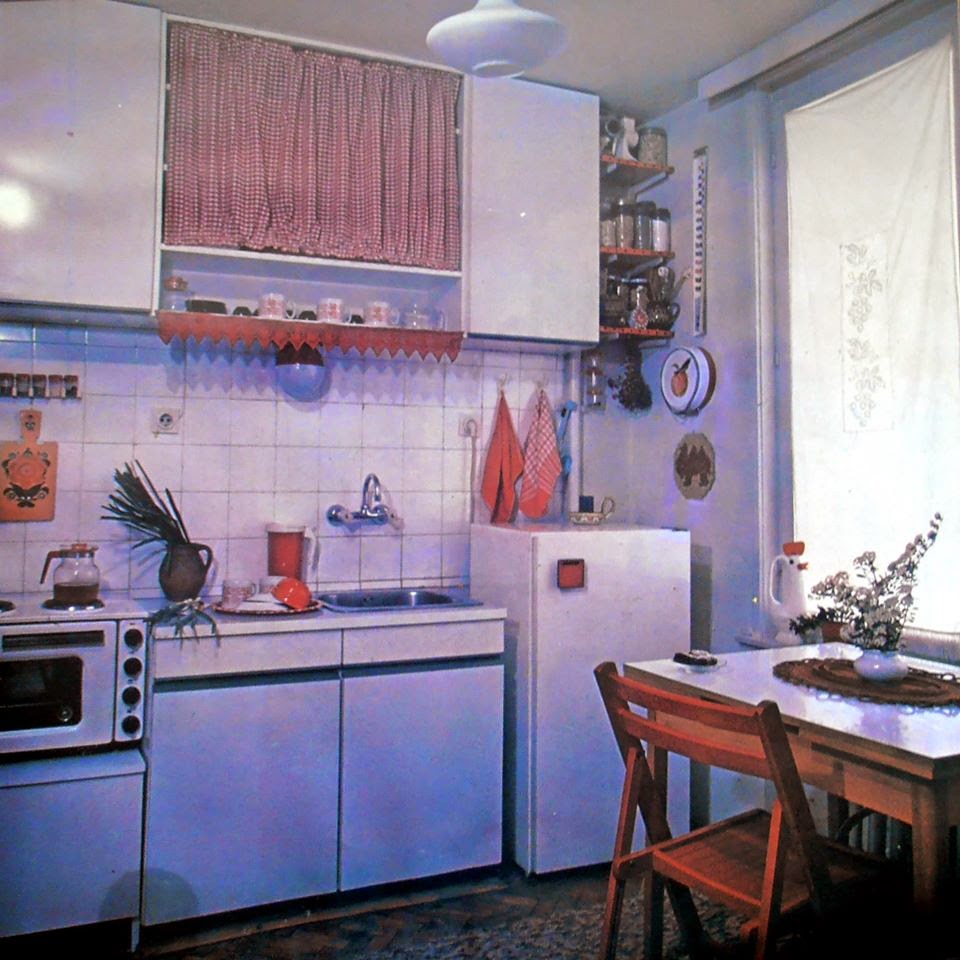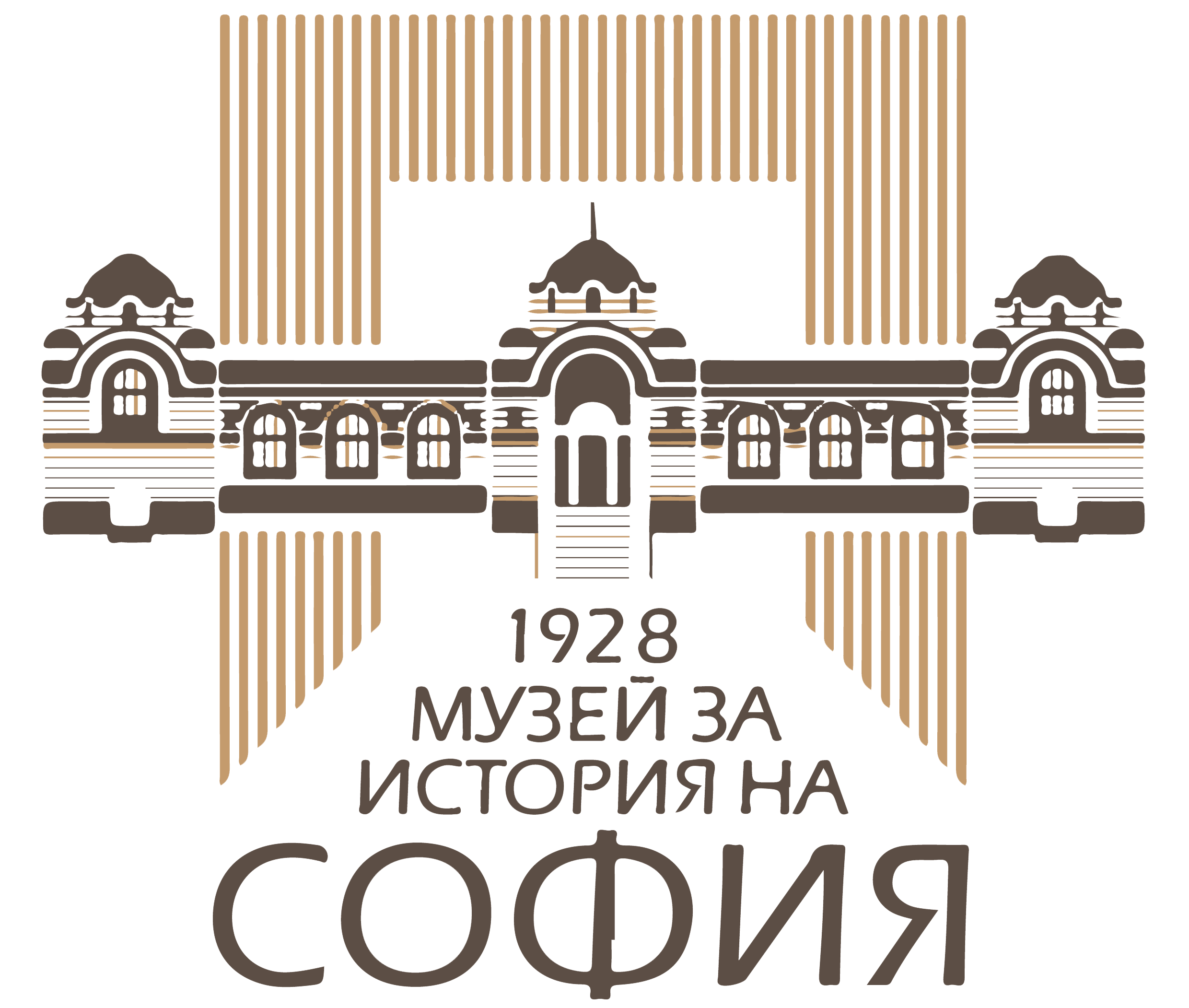︎︎︎UNDER THE TABLE
Krasimira Butseva
Everything began not with my very own birth, but rather with the appearance of the table. The table is an item of furniture with a flat top, including one or more legs and often belonging in coffee shops, restaurants, schools, factories, hospitals and homes. The table is used as a surface to eat and drink from, work at and place various items of top of. The four standard types of a table include: such where people will meet to eat; another being slightly lower and on top of which hot and cold beverages can be found, and such turned into a stage for various personal memorabilia. The fourth type of a table is one with a specialised purpose - writing, drawing, sewing, producing, planning, manufacturing or storing.

My first encounter with a table was in my early childhood. I cannot recall a specific date or point of time, but rather a long period stretched across many years, in which the table happened to be an important space with a multi-dimensional and ever changing facade. If observed closely, the geometry and structure of a table does not involve a genius mathematical equation, it is certainly not an invention out of this world and even a child could figure out the simplicity of this object and potentially build a small model of it, yet it turns out that the table was much more than what it seemed at first sight. It appeared that the world was divided in two – under and over the table.
Different things and realities occurred within the two sites, which did not combine into one. The division of worlds didn’t happen because the table was positioned in a specific location, or as of its materiality, price or inherited spirituality. Instead it transpires that any table, anywhere can adopt such qualities. Can turn into a mediator between worlds, can transport, change, and thus function as a time traveller both backwards and forward. Under the table, I was building a fortress from pillows, drawing on the backs of sheets which my mother took from her factory, sewing clothing for my dolls, collecting stickers from bananas and tangerines, havingafternoon snacks, making a personal station, playing fictional instruments, building a home of my choice, drawing with bright colours on the legs of the table hoping that no one will notice, learning how to say one, two, three, flower, orange and tea in English. My body initially would be small - fitting in, fitting under. I wouldn’t hit my head in the wooden blocks, I would crawl and bring the universe with my knees. I would build a bed and beg to sleep there under.
Although it was my very own universe, it was rarely silent, rarely lonely, as over the table, on top of it - another world unravelled. Such a world foreign to a child, distant and complicated; described with words that seemed as if they were only sounds. But since the same syllables were a constant guest at the table, they started to become memorable, despite the lack of meaning or explanation they carried. Since it was the very same table in which my world was formed, it was hard to divide it from the other, as only 10 cm of wood was in-between of them both.

My grandmother and her first cousin (my uncle) would meet every day for lunch or dinner with reason and without, as they lived in the same tower bloc for decades. Their meetings over the table would follow a similar structure, not one of pleasant mundane conversations followed by a nice meal, but rather the very opposite. They would always fight when they were together on the table. They would slam the doors and the walls would vibrate for long after, they would stop saying hello in the floors of the tower bloc, they would be angry at each other until the next day, when they would meet again for the same argument. I would always feel a part of it, as I would be under the table, thus incorporated in the scenery. But I would never understand then what the fight was about. My grandmother would sit on one side of the table and reminisce of the past, recall her past and the memories of the pastries being sold just for two stotinki, a cinema ticket costing only five stotinki, the partisan songs her mother used to sing, the act of leaving your door unlocked at night, whilst running with bare feet on the streets during the long summer days, building the fence of the school with stones from the town’s river, going to the seaside for two weeks every year, playing games at the camp on the edge of the mountain, eating slices of bread with lard heated on the fire place, watching the television programs in Russian, wearing a red scarf, making toys from discarded materials found near the local factory, playing the violin every Sunday morning, celebrating Christmas and Easter in secret, ploughing the land in her village, travelling across the whole country on a motorcycle and being young. While, my uncle on the other side of the table would remember the lack of anything all the time , the propaganda in his workplace, thefalse promises given from the party, the hundreds of times he had to take a thing or two as nothing was ever sold in the shops, the constant queues in order to find a kilogram of sugar or flour, the DIY culture which existed not by choice, the fifteen-year waiting period to buy a new car, the dreams of the West, the conversations which he could only have in the bathroom while the shower was running, the television for which he waited for two years and which arrived broken, hiding in the attic to listen to Radio Free Europe, the time he visited Czechoslovakia and cried when seeing a fully stocked shop with salami and cheese, the electricity and water shortages, the denial of travel, the nationalisation of the land, businesses and properties, the missing people and constant hunts of State Security, the violent assimilation and deportation of Bulgaria’s mulsim minorities,, the constant fear of being heard or seen and the loss of his youth. Over the table one will be on the side of communism, and the other will be a true guardian of democracy.
In each of their meetings, they will ask how many years should pass. They will eagerly measure the days, months and years; frequently considering and bidding on when the transition will end. With time passing by, they will begin to wonder whether things will ever change. I will repeat these words – communism, transition, democracy, communism, transition and democracy - not yet knowing their meaning. I will begin to notice these words being all around - with the voices from the radio, the people on the television, the pages of the newspapers, the graffiti on the streets. Growing up under the table, I would wonder who is right and wrong? I would believe that disagreements reach their end eventually. Growing out of the table, not being able to fit under anymore, but rather only over, I sit between them - surrounded by the ruins of a regime and raised by the binary of history.
© History in Between, 2025This project is part of the Cultural Calendar of Sofia, Ministry of Culture and Sofia History Museum.
Connect:
︎ ︎ ︎
„История помежду“ ("Проект за музейни намеси в РИМ, София") е съвместен проект между Фондация „Изкуство – Дела и Документи“ и Регионален исторически музей, София, подкрепен Календар на културните събития на Столична Община.
History in Between (Project for interventions in the Museum, Sofia) is a collaboration between the Art Foundation - Affairs and Documents, and the Regional History Museum of Sofia. It is supported by the Calendar of Cultural Events of Sofia City.


